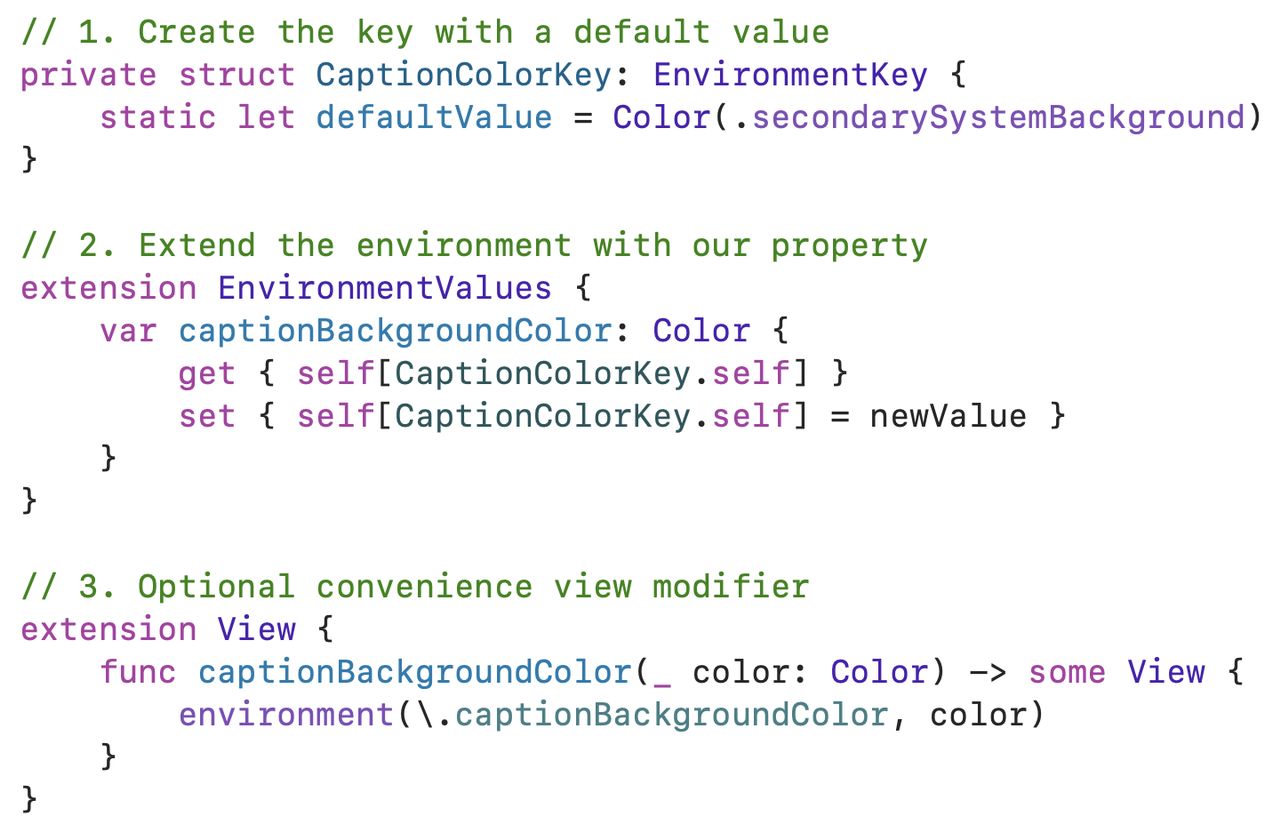
SwiftUI Custom Environment Values
A quick guide to creating your own custom SwiftUI environment values for things like global app settings.

A quick guide to creating your own custom SwiftUI environment values for things like global app settings.
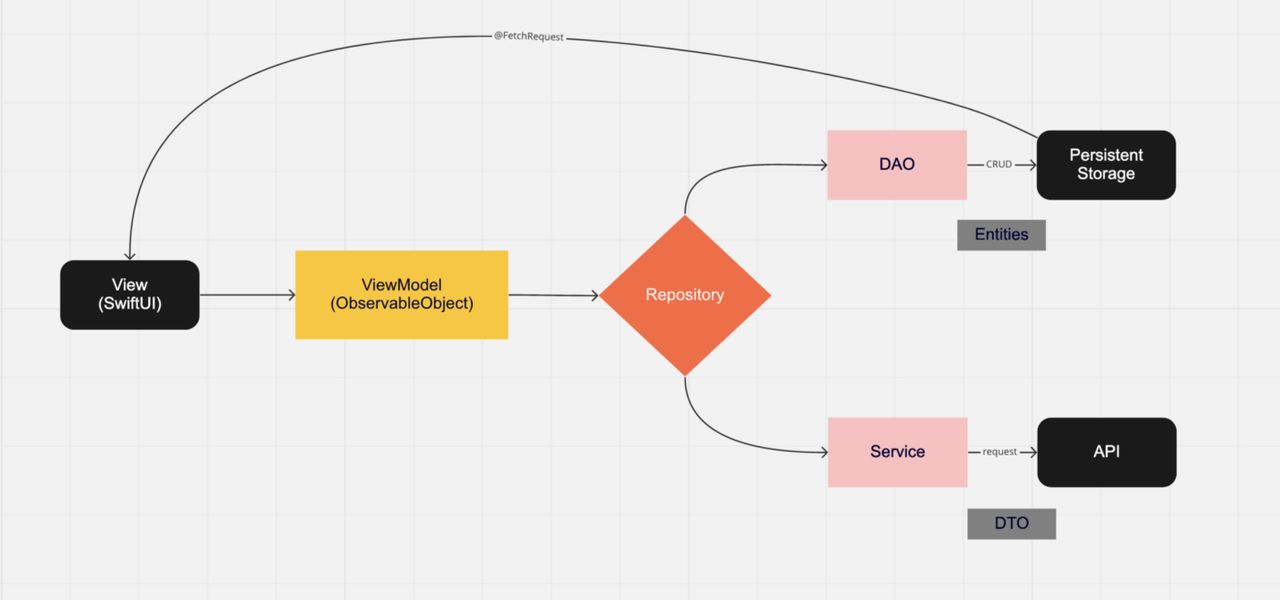
In this tutorial I will try to present you how to use clean, testable and maintainable architecture when using SwiftUI. We start with diagram depicting this architecture and then we dive deep into…

Learn how to manage focus in SwiftUI by improving the user experience for a checkout form.
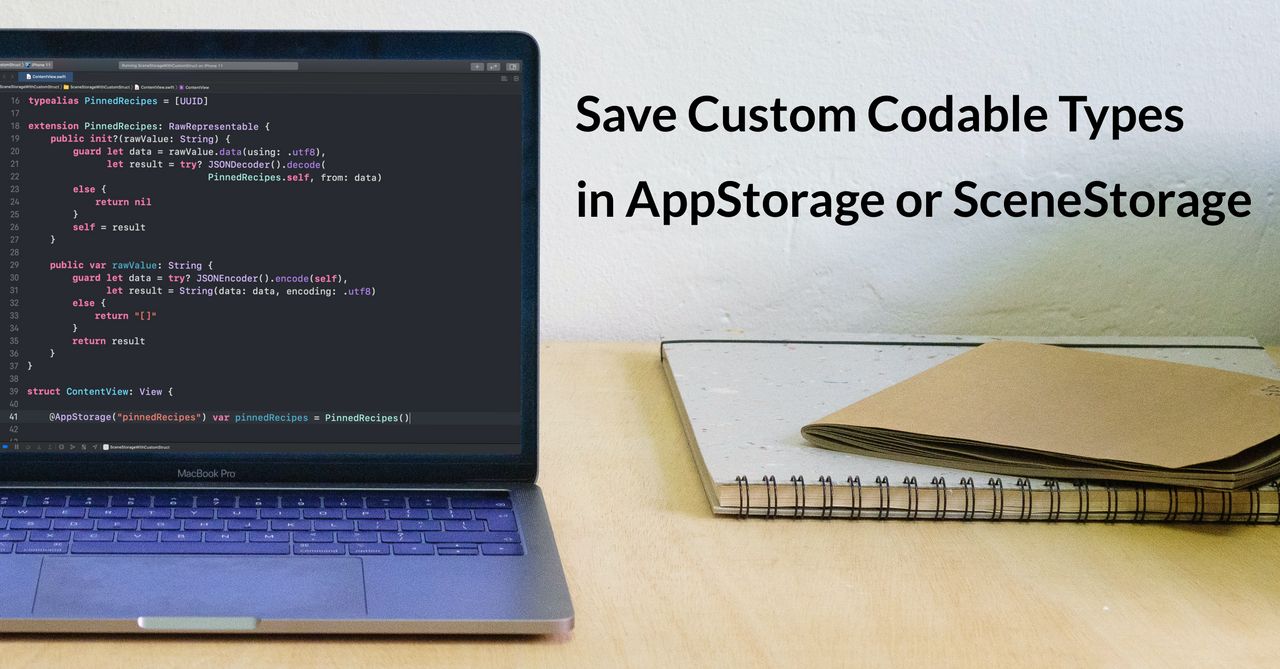
Add RawRepresentable conformance to a custom type that represents a setting or a view state in SwiftUI to be able to save it in AppStorage or SceneStorage.
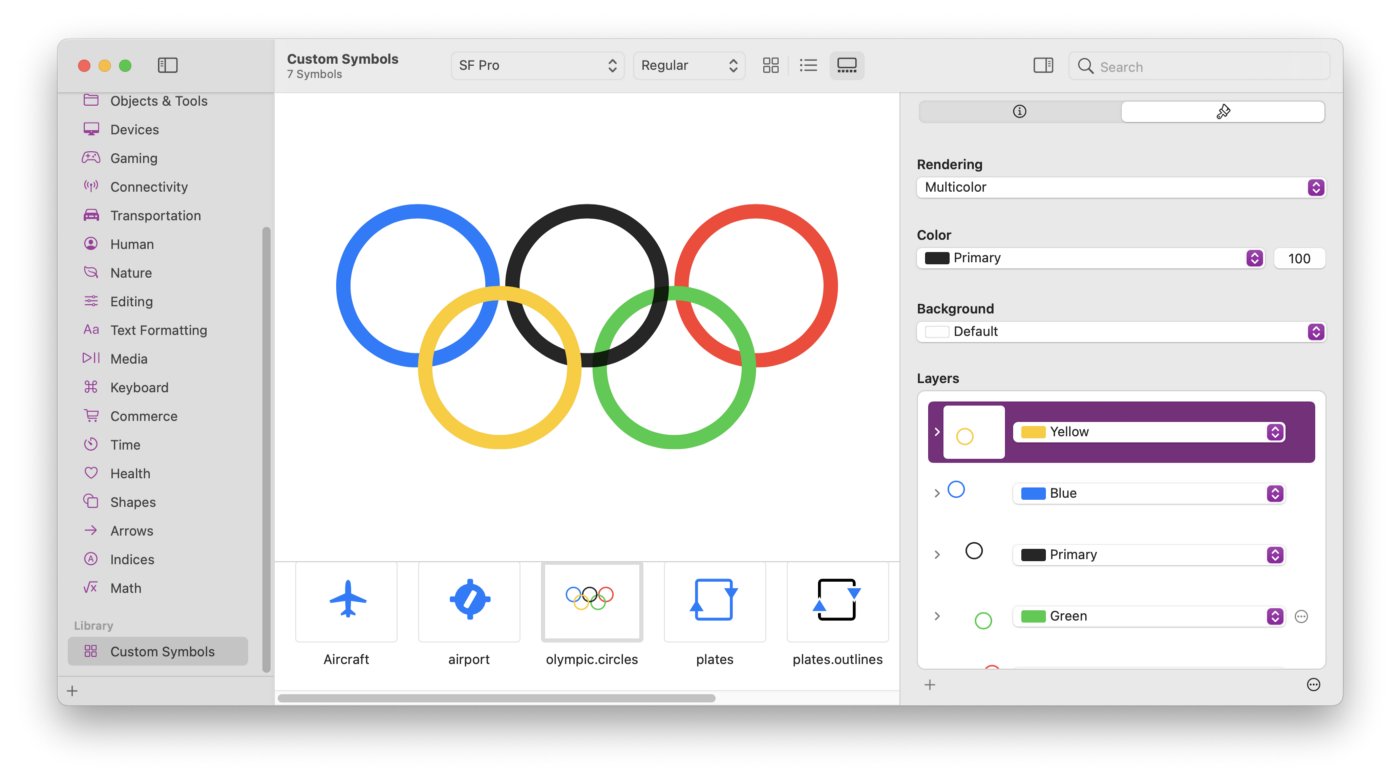
Since Apple introduced SF Symbols in 2019, many product designers for iOS, including myself, have been asking themselves when it will

Learn the best way to round specific corners only with SwiftUI step by step. Moreover, learn how to create a custom modifier.

Quite a few people have written articles on SwiftUI, SwiftUI state management, and on SwiftUI application architecture. And quite a few of those articles were written by people eager to take their favorite iOS application architecture and port it over to SwiftUI.

Everything you need to know about the new application life cycle in SwiftUI 2

Are VIPER, RIBs, MVVM, VIP, or MVC suitable for a SwiftUI project?
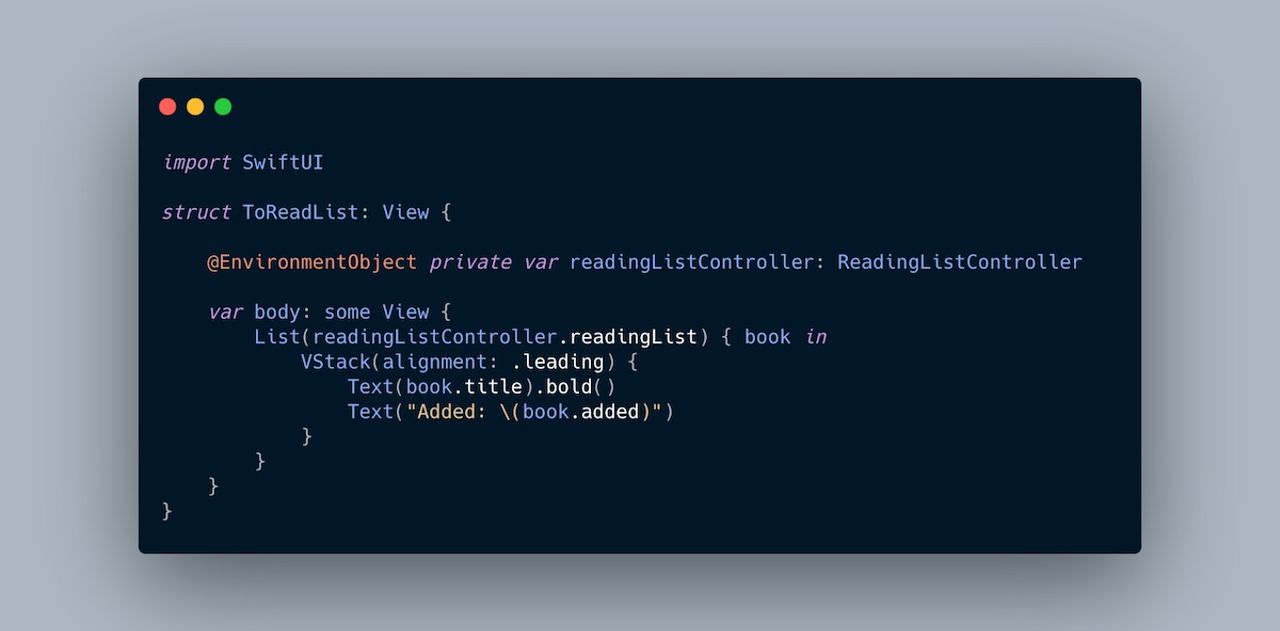
This post shows two ways of achieving dependency injection in SwiftUI: using @EnvironmentObject or a View Model Factory.

Various techniques that let us define fully dynamic colors that adapt to the user’s selected color scheme, using either SwiftUI or UIKit.

Learn to make your SwiftUI views smaller, simpler, and more reusable.
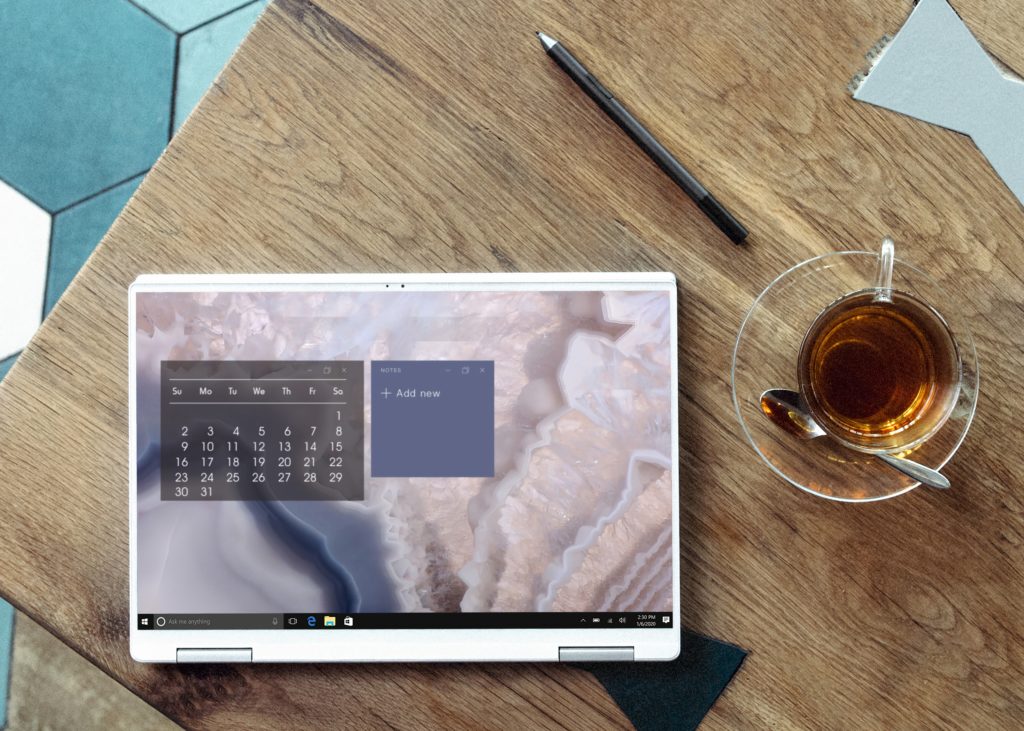
In this article we are going to learn how to implement the powerful MVVM design pattern in SwiftUI applications that are leveraging the Combine framework. The combination of these 3 concepts will be the standard
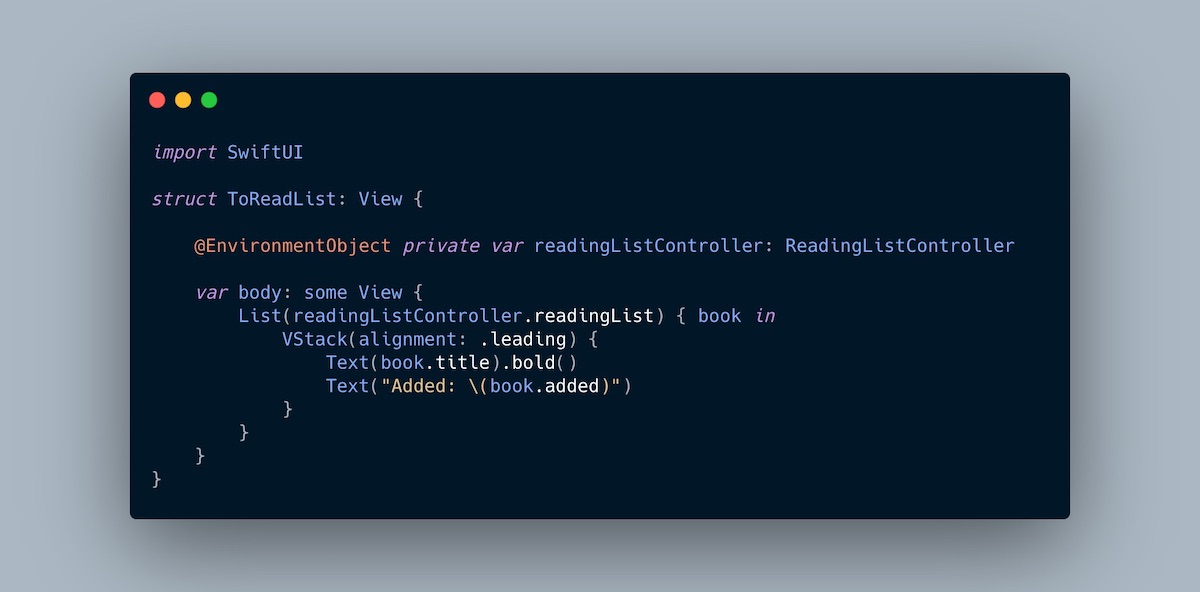
This post shows two ways of achieving dependency injection in SwiftUI: using @EnvironmentObject or a View Model Factory.
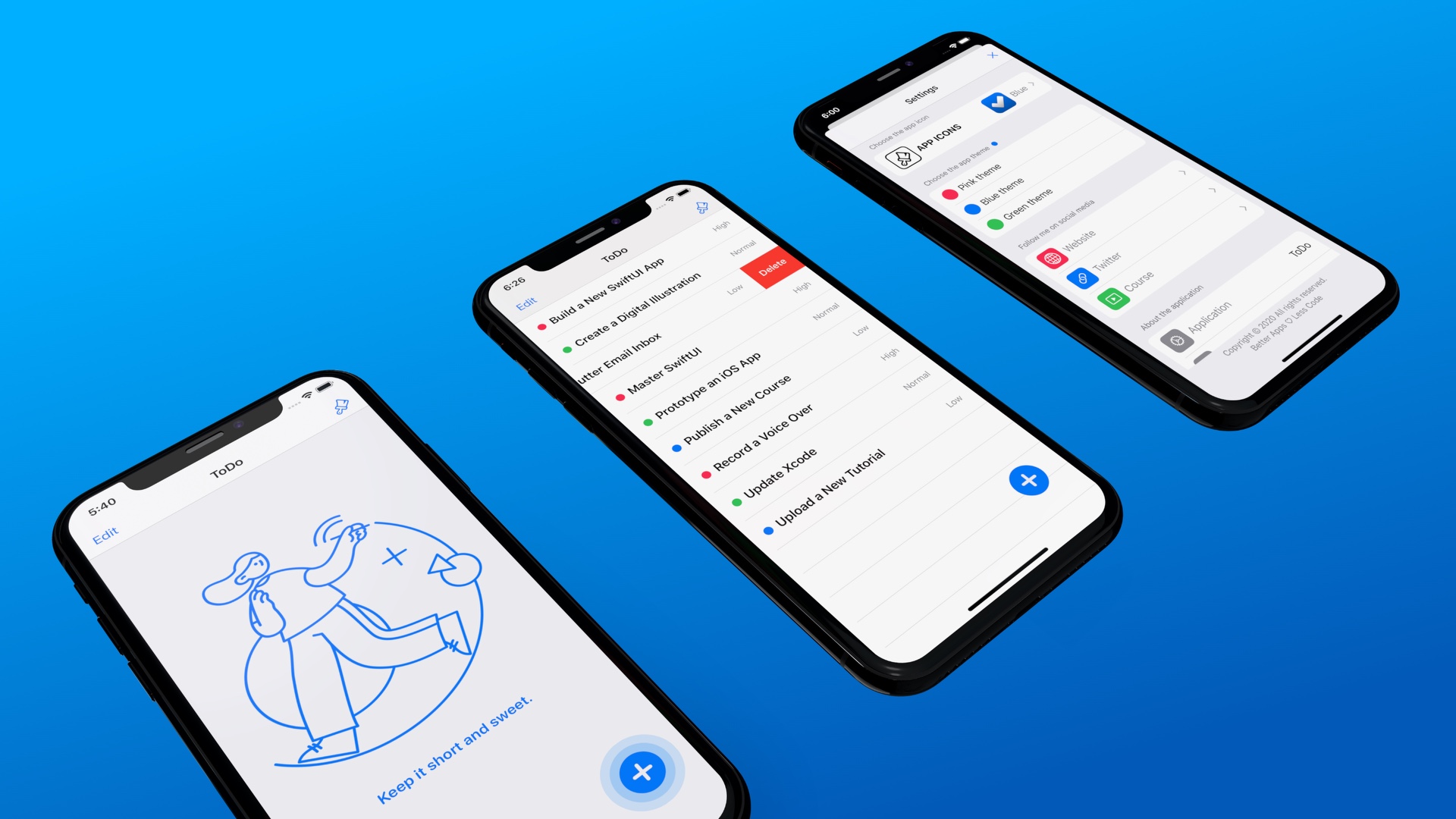
Implementing the Remote Configuration feature and integrating it with the latest Swift development environment; the pros and cons of adding dependencies.